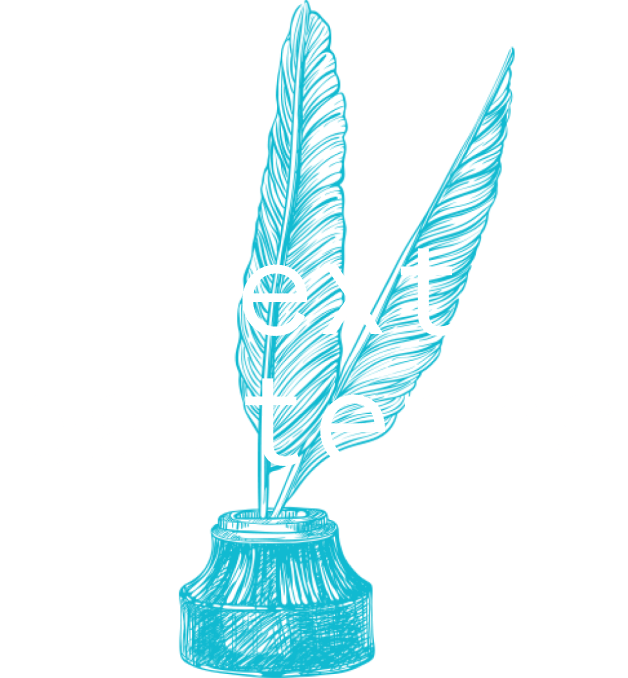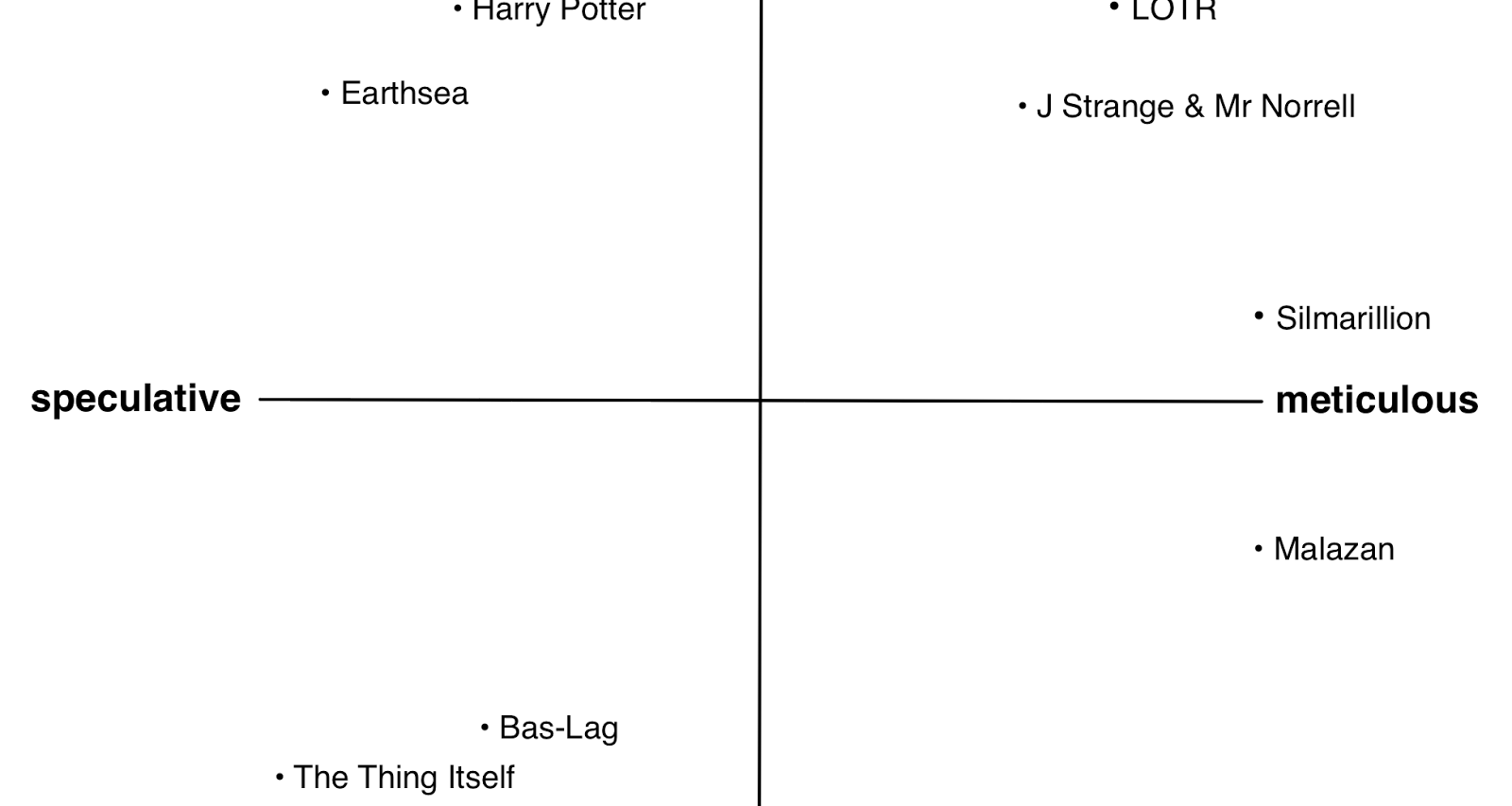December 14, 2016
V.2: the progression towards inanimateness
Picking up where we left off: In the scenes we looked at last time, we saw certain structurally similar ideas being raised, that common structure being the V-shape as signifying both convergence and divergence. And so far we have been especially attentive to the divergence of mirrored time-frames, and the convergence of the animate and...


